Regenerative agriculture is a system of farm management practices that aim to heal and improve the quality of our soil. Regenerative agriculture is an important part of sustainable farming.
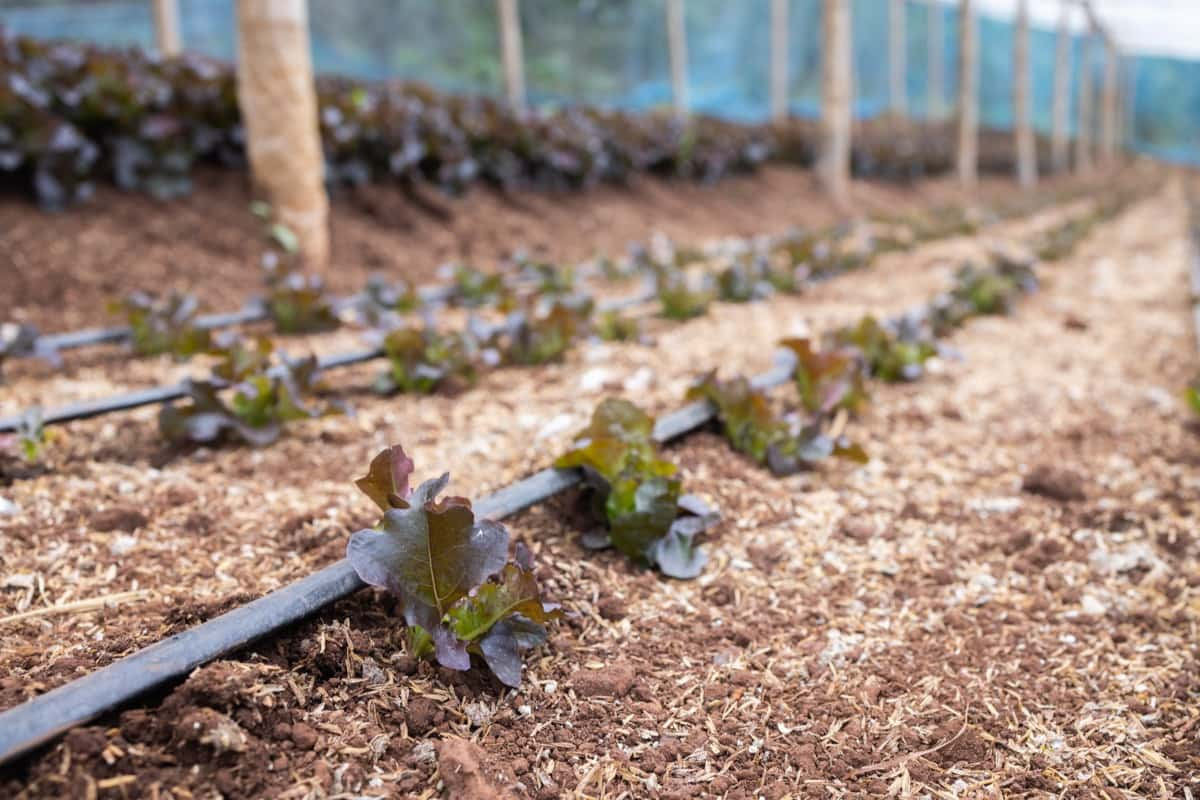
Best Regenerative Agriculture Practices
What is Regenerative Agriculture?
It is a term used to describe farming and grazing practices that restore, rebuild and improve the resources they depend on—soil, water, air, and biodiversity. It’s both an ecological approach to food production and holistic systems approach to land management. It is a system of practices that aims to heal and regenerate degraded soils. It builds organic matter, increases biodiversity, and improves soil health. All these factors help sequester carbon, which is essential for mitigating climate change.
Regenerative agriculture practices help reverse this trend by rebuilding soil health. These practices work with nature rather than against it, resulting in more resilient ecosystems and healthier plants. In addition, regenerative agriculture can help mitigate climate change by sequestering carbon in the soil. In regenerative agriculture, farmers work with nature, not against it. Observing and mimicking natural ecosystems can create more conducive conditions—promoting abundant soil fertility, clean water, strong plants and animals, and thriving wildlife populations.
Why is Regenerative Agriculture Important?
- It is a term used to describe farming and grazing practices that restore, rebuild, and improve the resources used in production. This includes soil, water, biodiversity, and more.
- There are many reasons why regenerative agriculture is important. For one, it can help reverse the effects of climate change. Regenerative agriculture practices can sequester carbon in the soil, which helps offset greenhouse gas emissions.
- Additionally, regenerative agriculture can help improve water quality and quantity. By rebuilding soil health, these practices can help reduce runoff and erosion. This protects waterways from pollution and also helps conserve precious water resources.
- Another reason why regenerative agriculture is so important is that it supports biodiversity. Healthy ecosystems are vital for maintaining a balanced environment and providing a habitat for plants, animals, and other organisms. Using regenerative practices, farmers can help create ideal conditions for a diverse range of species to thrive.
- Ultimately, regenerative agriculture is crucial for sustaining our food system in the face of environmental challenges like climate change, water scarcity, and dwindling biodiversity. These practices offer a hopeful solution for creating a more sustainable future for all.
- Regenerative systems are designed to work with nature instead of against it, which makes them more resilient to environmental changes like droughts and floods. Regenerative agriculture also helps to restore ecosystem services that industrial farming practices have degraded.
In case you missed it: Importance of Biopesticides and Their Role in Agriculture
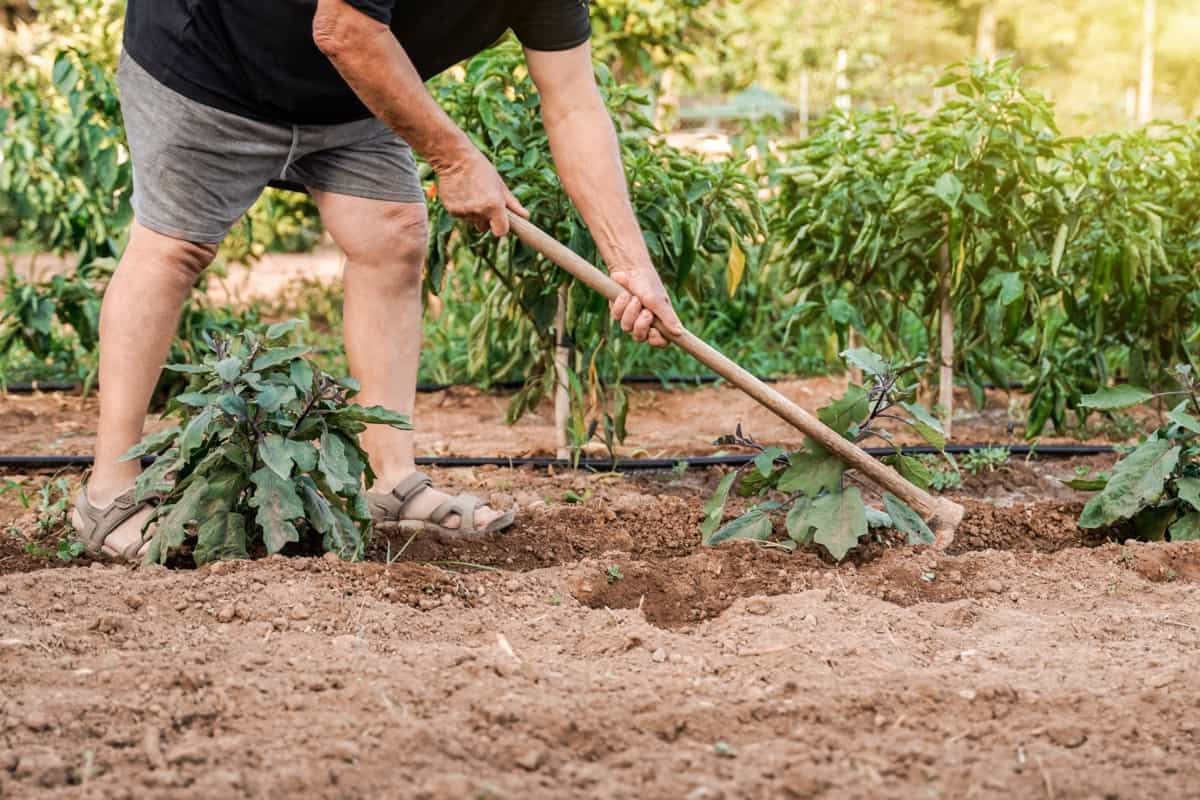
How Does Regenerative Agriculture Help Farmers?
- Regenerative agriculture is a form of land management that focuses on soil rebuilding. This is done through cover crops, no-tillage, and rotational grazing practices. These practices help to improve the soil’s water-holding capacity, increase its organic matter content, and promote a more diverse range of soil organisms.
- Regenerative agriculture has been shown to have several benefits for farmers. For example, it can help to improve yields, reduce input costs, and build resilience to climate change. It can also help enhance the quality of food and create a more sustainable farming system.
How Many Principles are There in Regenerative Agriculture?
- Reduce tillage
- Maintain a better balance, and
- Continuously nourish the soil with permanent plant cover.
Reducing tillage helps to reduce the amount of soil disturbance, which can lead to erosion and degradation. Maintaining a better balance between crops and livestock helps to improve soil health and fertility. And continuously nourishing the soil with permanent plant cover helps to maintain healthy soils and improve water retention.
Does Regenerative Agriculture Work?
It is a system of farming practices that aims to heal and revitalize the land. The main goals of regenerative agriculture are to improve soil health, increase biodiversity, and promote carbon sequestration. Regenerative agriculture has been gaining popularity in recent years as farmers have become more aware of the importance of soil health. Soil is a vital ecosystem component and crucial to food production.
Unfortunately, modern industrial agriculture has contributed to the degradation of soil worldwide. Regenerative agriculture has been shown to have numerous environmental and economic benefits. This can help to offset greenhouse gas emissions and combat climate change. Additionally, regenerative agriculture can help to improve water quality and increase agricultural productivity.
The Best Regenerative Agriculture Practices
Crop Rotation
- This involves growing different crops in different areas of your farm each year. This helps break the cycle of pests and diseases, adding nutrients back into the soil.
- Crop rotation also helps to improve the structure of the soil, as different crop root systems loosen and aerate the soil in different ways. This leads to healthier soils that retain water and nutrients and are more resilient to drought and other stresses.
- Many different cropping systems can be used, but an important principle is to ensure a diversity of crops grown over a year. This not only benefits the soil but also helps to support a wider range of wildlife.
In case you missed it: 20 Eco-Friendly Farming Techniques to Achieve Sustainable Agriculture
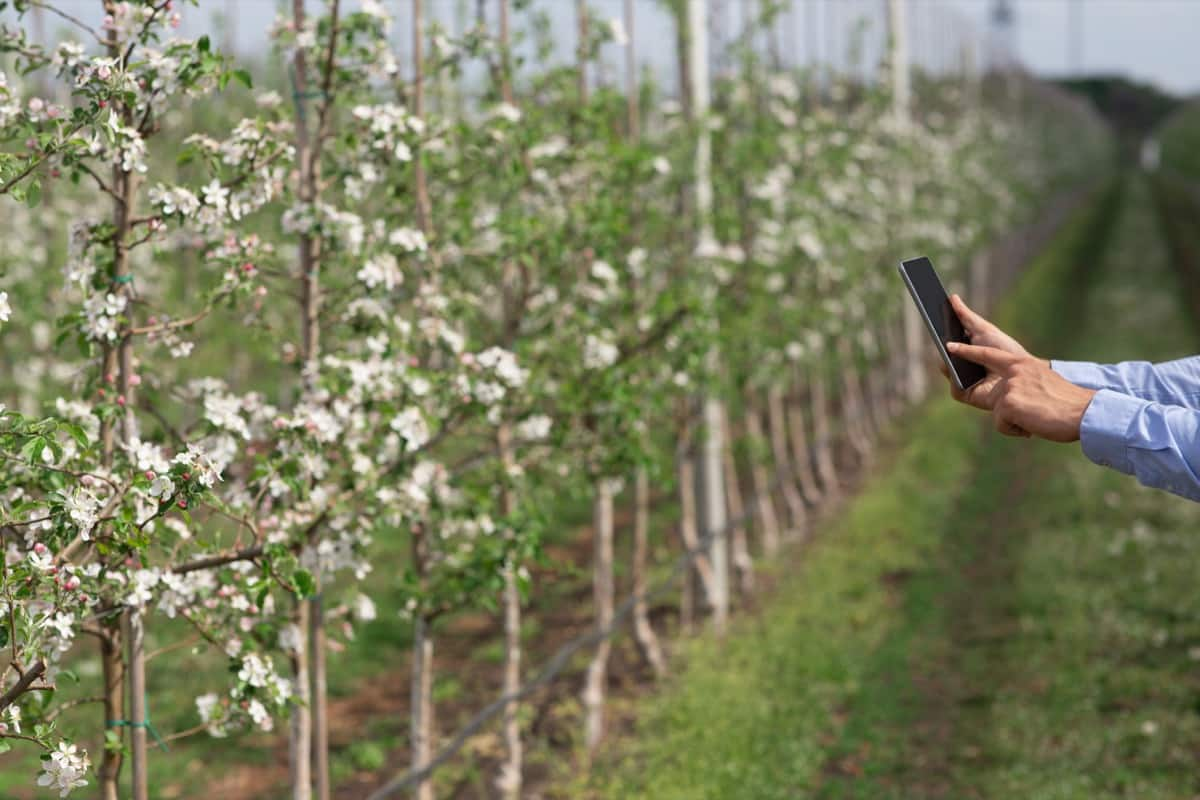
Cover Crops
These are plants that are grown in between main crop planting seasons. They help hold moisture in the soil, suppress weeds, and add organic matter to the earth. Cover crops are plants that are grown between cash crops to protect and improve the quality of the soil. Common cover crops include legumes, grasses, and clover. Not only do cover crops help to reduce erosion and build up organic matter in the soil, but they also provide a habitat for beneficial insects and can help suppress weeds.
Cover cropping has many benefits for both the environment and the farmer. For example, cover crops can improve soil health by preventing erosion, increasing organic matter, and providing nutrients for the soil. They can also help regulate pest populations and reduce the need for chemical inputs.
In addition, cover crops can provide food and habitat for beneficial insects, birds, and other wildlife. Despite these many benefits, cover cropping is often underutilized by farmers. One reason is that cover crops can be challenging to manage and require extra planning and labor. However, with proper management, cover crops can be an important tool in regenerative agriculture systems.
Minimal Tillage
Conventional farming relies heavily on tilling (turning over) the soil before planting each new crop season. However, this practice depletes the quality of our topsoil. Regenerative farmers use minimal tillage or no-till methods, which help preserve the integrity of the soil structure. Minimal tillage is a sustainable farming practice that can help improve soil health and decrease soil erosion. Reduced tillage also conserves energy and reduces emissions from farm equipment. Farmers can significantly reduce the tillage needed to produce a successful crop by using cover crops, crop rotation, and other management practices.
In case you missed it: Importance of Nutrient Sensors in Agriculture: Advantages and Working Principle
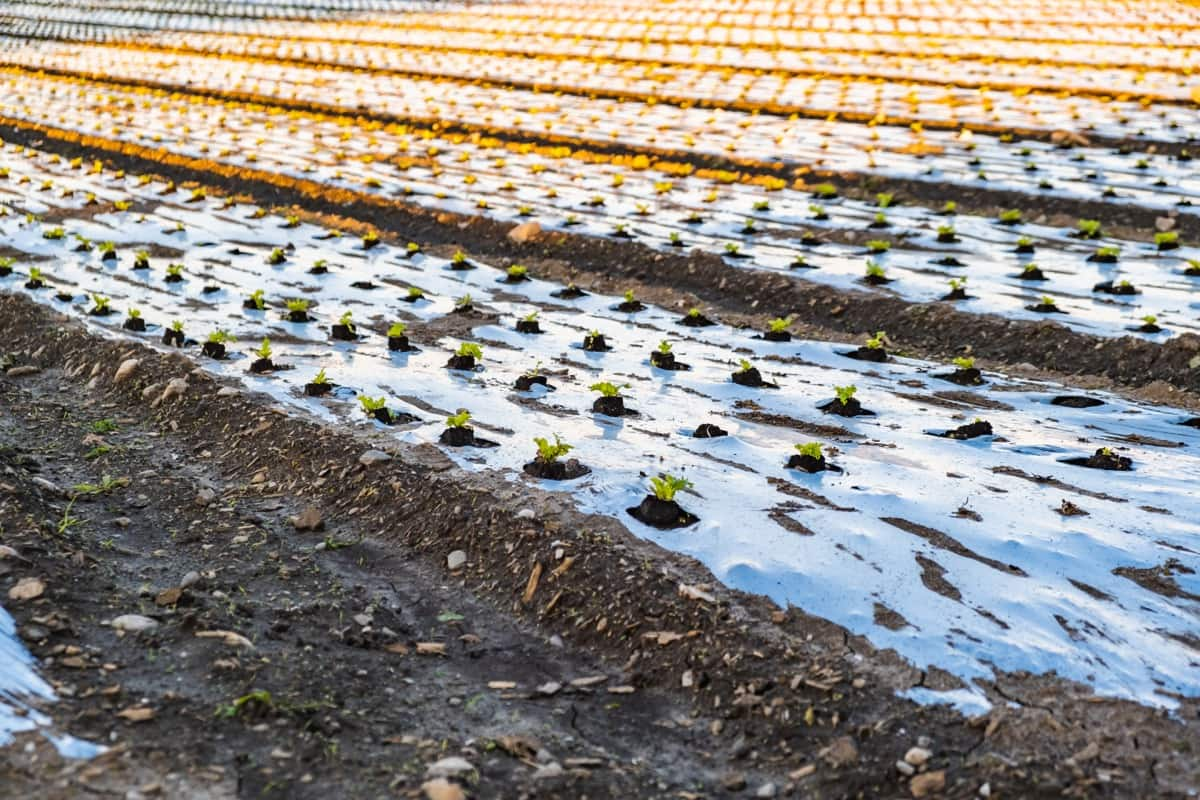
Composting
- This is an important practice for all farmers, regardless of whether they use regenerative agriculture principles. Composting adds important nutrients back into the soil, which helps to improve plant growth and yield.
- Composting decomposes organic matter, such as food scraps and plant waste, into a nutrient-rich soil amendment. This enriches the soil, helps to retain moisture, and provides plants with essential nutrients. Compost also helps to improve drainage and aeration in heavy soils and can reduce compaction.
- In addition to its benefits for the soil, composting reduces the amount of organic waste in landfill sites. When organic matter decomposes in a landfill, it produces methane, a potent greenhouse gas. By diverting organic waste from landfills and compost bins, we can help reduce methane emissions and combat climate change.
- Composting is easy at home, and there are many different methods. A simple bin or tumbler is the quickest and easiest way to start composting. You can also make your compost bin from recycled materials, such as an old wheelie bin or plastic storage container.
Livestock Management
In regenerative systems, livestock is managed as an integral part of the ecosystem. Grazing practices are designed to mimic herds’ natural movements, promoting grassland health and increasing carbon sequestration in soils.
Ecological Aquaculture
- Aquaculture involves cultivating aquatic animals and plants in controlled environments. It is often used instead of traditional fishing methods to provide a sustainable source of seafood.
- Ecological aquaculture is a type of aquaculture that focuses on the rehabilitation and Restoration of natural habitats. It is based on the principles of ecology and aims to create self-sustaining and environmentally friendly systems.
- Ecological aquaculture has many benefits, including improving water quality, restoring lost habitat, and increasing biodiversity. Ecological aquaculture can also help mitigate climate change’s impacts by sequestering carbon in aquatic ecosystems. Ecological aquaculture is still in its early stages of development, but it has great potential to revolutionize how we grow seafood.
Soil Health
Regenerative agriculture starts with healthy soils. Farmers implement practices that improve soil structure and increase organic matter content. This results in greater water infiltration, improved drainage, and increased nutrient availability.
Increasing Crop Diversity
It is a system of farming principles and practices that aim to regenerate and revitalize the soil. One key component of regenerative agriculture is increasing crop diversity. Crop diversity helps build soil health by providing a variety of nutrients and organic matter and promoting beneficial microbial activity. A diverse crop rotation also helps to break pest and disease cycles and can increase yields over time.
In case you missed it: Importance of Optical Sensors in Agriculture: Advantages and Working Principles
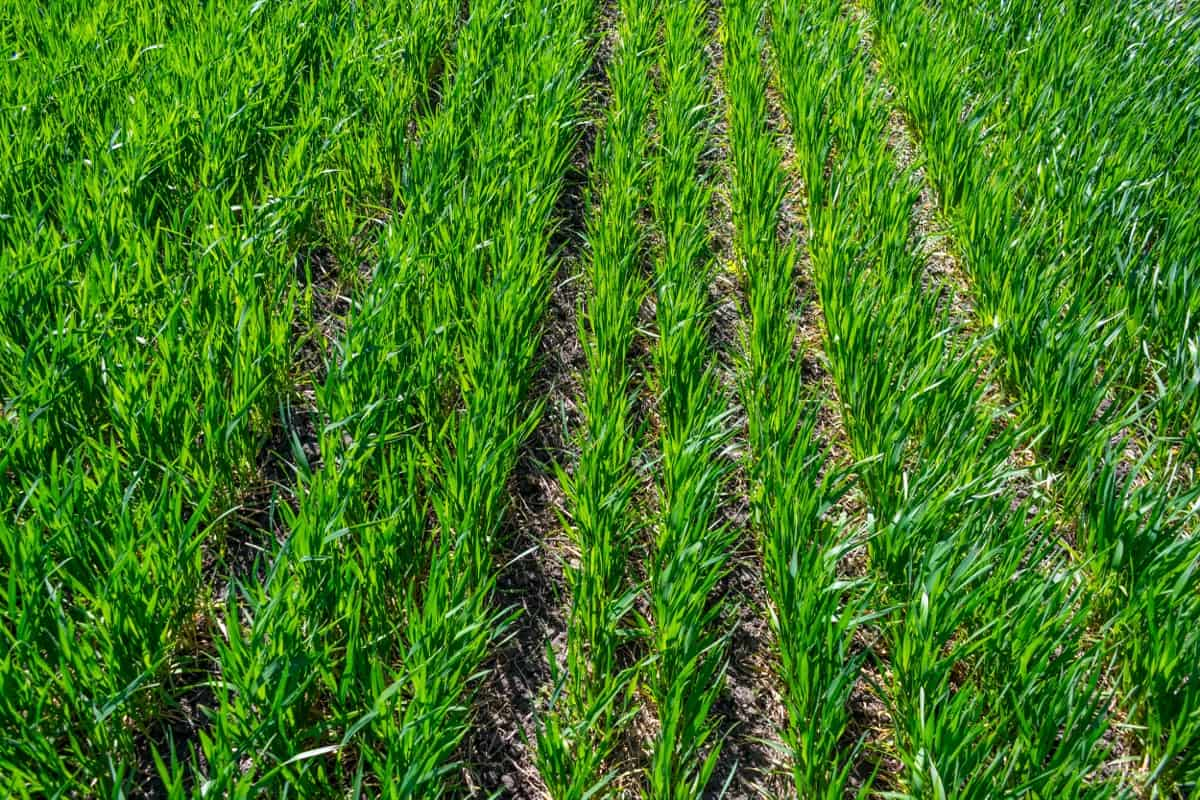
You can start by growing a wider variety of crops to increase crop diversity on your farm. You can also consider planting cover crops or intercropping (planting two or more crops in the same space). Cover crops help to improve soil health by suppressing weeds, adding organic matter, and improving soil structure. Intercropping can also help to reduce pests and diseases while increasing yield potential.
Perennial Cropping
Perennial cropping is a type of agriculture in which crops are grown over a season. This type of farming can provide many benefits, including reduced soil erosion, increased soil fertility, and improved water quality. Perennial crops can also help to diversify a farmer’s income and reduce the risk of crop failure.
Managed Grazing
Managed grazing is a regenerative agriculture practice that involves carefully planned grazing to improve soil health and promote grassland ecosystems. When managed correctly, managed grazing can improve soil fertility, increase water infiltration and storage, reduce erosion, and improve plant diversity. Managed grazing can also help to control weeds and pests and support wildlife populations.
Silvopasture
Silvopasture is a term used to describe the combination of trees and pasture in a grazing system. This agroforestry practice has numerous benefits for both the environment and livestock. Silvopasture can help to improve water and soil quality, increase biodiversity, and sequester carbon. Additionally, this system can provide shade and shelter for livestock and forage. When managed correctly, silvopasture can be a highly productive land-use system that benefits both the environment and farmers.
Organic Annual Cropping
- Organic annual cropping is an excellent way to improve soil health and produce high-quality food. By using organic methods, growers can reduce their reliance on synthetic inputs and build a more sustainable operation.
- There are many benefits to annual organic cropping, including improved soil health, increased yield potential, and reduced input costs. Soil health is improved by increased organic matter levels, which help improve water infiltration and retention and increase nutrient availability.
- The increased yields result from enhanced soil health, and organic crops are often more resistant to pests and diseases. Finally, the reduced input costs are because there is no need for synthetic fertilizers or pesticides when using organic methods.
In case you missed it: Impact of Heat Waves on Agriculture: Affected Crops and How to Protect from Extreme Hot Weather
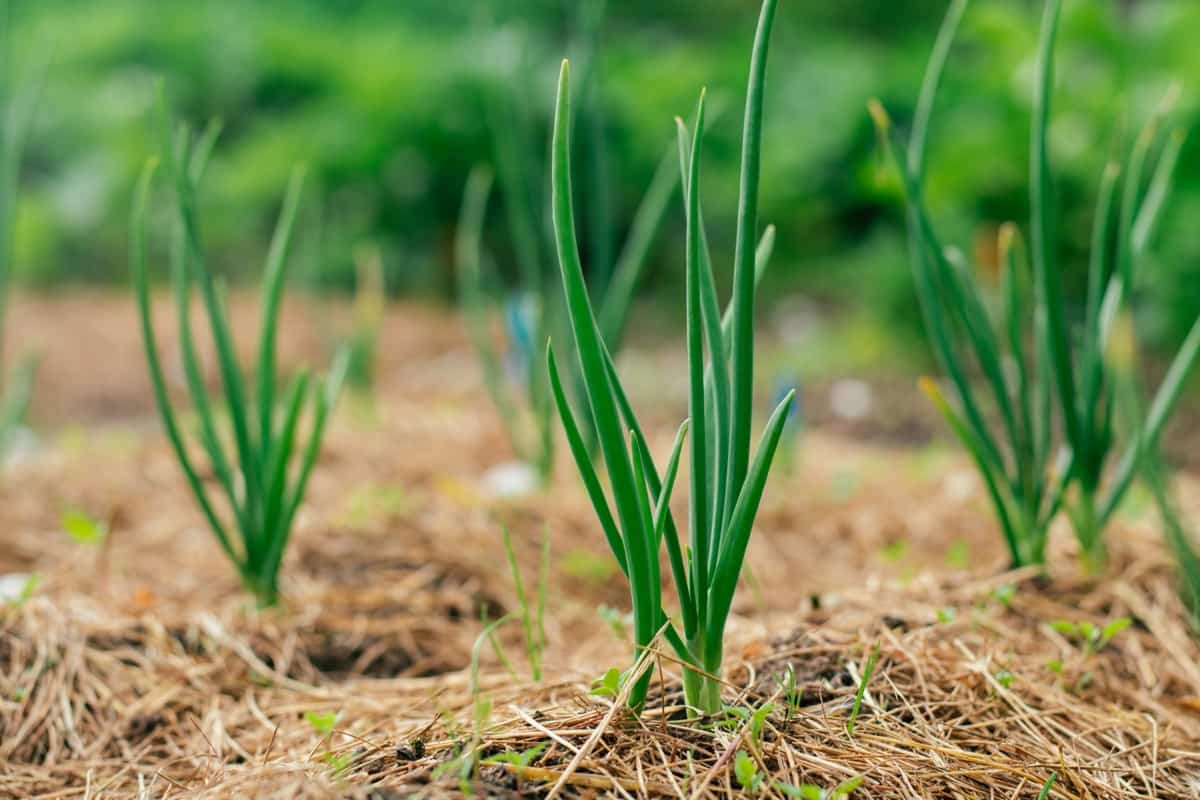
Reduce the Use Of Artificial Fertilizers
The use of artificial fertilizers can have a negative impact on the environment. They can pollute waterways and contribute to climate change. Additionally, they can deplete the soil of essential nutrients, leading to poorer crop yields. Regenerative agriculture practices can help to reduce the need for artificial fertilizers by improving soil health and increasing crop productivity.
Conservation Tillage
Conservation tillage is an agricultural practice involving minimum soil surface disturbance. This means leaving crop residue (stalks, leaves, etc.) on the field after harvest instead of tilling it under. By doing this, growers can reduce erosion, conserve moisture, and encourage the growth of beneficial soil organisms.
Conclusion
Regenerative agriculture aims to regenerate topsoil, improve water retention, and promote biodiversity. The ultimate goal of regenerative agriculture is to create self-sustaining systems that can continue producing food indefinitely without damaging the environment.
- Types of Pesticides Used in Agriculture: A Beginner’s Guide
- Economical Aquaculture: A Guide to Low-Budget Fish Farming
- 15 Common Planting Errors That Can Doom Your Fruit Trees
- How to Make Houseplants Bushy: Effective Tips and Ideas
- Innovative Strategies for Boosting Coconut Pollination and Yield
- Pollination Strategies for Maximum Pumpkin Yield
- The Complete Guide to Chicken Fattening: Strategies for Maximum Growth
- Natural Solutions for Tulip Problems: 100% Effective Remedies for Leaf and Bulb-Related Issues
- Revolutionizing Citrus Preservation: Towards a Healthier, Greener Future
- Natural Solutions for Peony Leaf and Flower Problems: 100% Effective Remedies
- Maximizing Profits with Avocado Contract Farming in India: A Comprehensive Guide
- Natural Solutions for Hydrangea Problems: 100% Effective Remedies for Leaf and Flowers
- The Ultimate Guide to Choosing the Perfect Foliage Friend: Bringing Life Indoors
- From Sunlight to Sustainability: 15 Ways to Use Solar Technology in Agriculture
- The Ultimate Guide to Dong Tao Chicken: Exploring from History to Raising
- The Eco-Friendly Makeover: How to Convert Your Unused Swimming Pool into a Fish Pond
- Mastering the Art of Delaware Chicken Farming: Essentials for Healthy Backyard Flocks
- 20 Best Homemade Fertilizers for Money Plant: DIY Recipes and Application Methods
- How to Craft a Comprehensive Free-Range Chicken Farming Business Plan
- Brighten Your Flock: Raising Easter Egger Chickens for Beauty and Bounty
- How to Optimize Your Poultry Egg Farm Business Plan with These Strategies
- Subsidy for Spirulina Cultivation: How Indian Government Schemes Encouraging Spirulina Farmers
- Ultimate Guide to Raising Dominique Chickens: Breeding, Feeding, Egg-Production, and Care
- Mastering the Art of Raising Jersey Giant Chickens: Care, Feeding, and More
- Ultimate Guide to Raising Legbar Chickens: Breeding, Farming Practices, Diet, Egg-Production
- How to Raise Welsummer Chickens: A Comprehensive Guide for Beginners
- How to Protect Indoor Plants in Winter: A Comprehensive Guide
- Ultimate Guide to Grow Bag Gardening: Tips, Tricks, and Planting Ideas for Urban Gardeners
- Guide to Lotus Cultivation: How to Propagate, Plant, Grow, Care, Cost, and Profit
- Agriculture Drone Subsidy Scheme: Government Kisan Subsidy, License, and How to Apply Online
- Ultimate Guide to Raising Araucana Chickens: Breed Profile, Farming Economics, Diet, and Care
- Bringing Hydroponics to Classroom: Importance, Benefits of Learning for School Students
- Ultimate Guide to Raising Polish Chickens: Breed Profile, Farming Economics, Diet, and Care
- Ultimate Guide to Raising Australorp Chickens: Profile, Farming Economics, Egg Production, Diet, and Care
- Silkie Chicken Farming: Raising Practices, Varieties, Egg Production, Diet, and Care
- Sussex Chicken Farming: Raising Practices, Varieties, Egg Production, Diet and Care